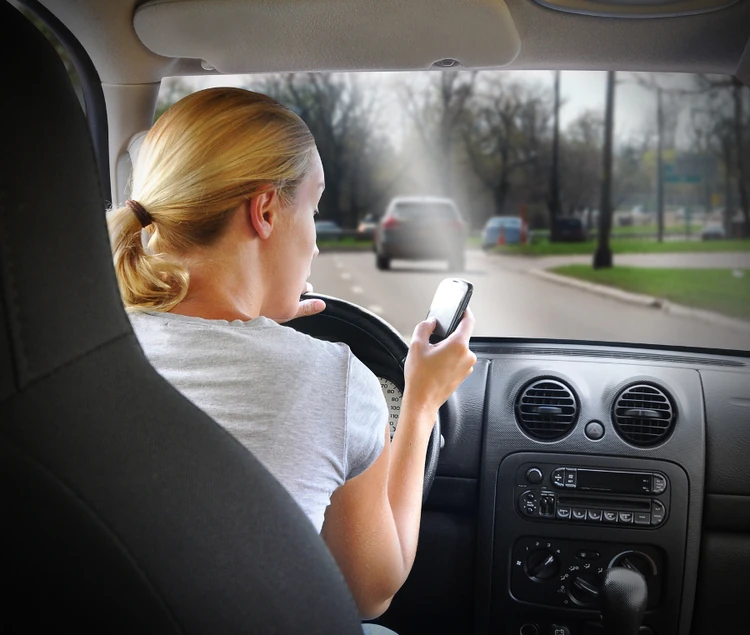After years of car crashes where behind-the-wheel texting was cited as a cause, 31 states have now passed some type of ban on texting-while-driving. But not all of these bans are the same. In some states it can be the primary reason an officer pulls you over. In others it has to be secondary. Some states exclude adults from the ban.
Just how effective are these measures at reducing traffic fatalities? Researchers at the University of Alabama Birmingham (UAB) set out to find out. They started with the year 2011, citing a Centers for Disease Control and Prevention study showing 31% of people ages 18 to 64 reported they had read or sent text or email messages while driving at least once in the previous 30 days.
That same year, 3,331 people were killed in crashes involving a distracted driver and an additional 387,000 people were injured.
By that time many states had acted but UAB's Dr. Alva Ferdinand notes not all reacted the same way. She conducted a longitudinal panel study to examine the changes within states in roadway fatalities after the enactment of state texting-while-driving bans, using data between 2000 and 2010.
“Very little is known about whether laws banning texting while driving have actually improved roadway safety,” Ferdinand said. “Further, given the considerable variation in the types of laws that states have passed and whom they ban from what, it was necessary to determine which types of laws are most beneficial in improving roadway safety.”
Variables
There are four main variables in the laws. Some ban all drivers from texting while driving, while others have banned only young drivers from this activity.
Some states’ texting bans entail secondary enforcement, meaning an officer must have another reason to stop a vehicle, like speeding or running a red light, before citing a driver for texting while driving.
Other states’ texting bans allow primary enforcement, meaning an officer does not have to have another reason for stopping a vehicle. The results were somewhat surprising.
“Our results indicated that primary texting bans were significantly associated with a 3% reduction in traffic fatalities among all age groups, which equates to an average of 19 deaths prevented per year in states with such bans,” Ferdinand said.
Most promising results
You might think the toughest of all bans would produce the most dramatic results. In actuality, the ban directed toward just the youngest drivers is where the rubber met the road, so to speak.
“Primarily enforced texting laws that banned only young drivers from texting were the most effective at reducing deaths among the 15- to 21-year-old cohort, with an associated 11% reduction in traffic fatalities among this age group in states with such bans,” Ferdinand said.
States with secondarily enforced restrictions did not see any significant reductions in traffic fatalities. That suggests these laws may get little enforcement.
Surprises
“We were a little surprised to see that primarily enforced texting bans were not associated with significant reductions in fatalities among those ages 21 to 64, who are not considered to be young drivers,” Ferdinand said. “However, states with bans prohibiting the use of cellphones without hands-free technology altogether on all drivers saw significant reductions in fatalities among this particular age group. Thus, although texting-while-driving bans were most effective for reducing traffic-related fatalities among young individuals, handheld bans appear to be most effective for adults.”
It makes sense. If you aren't holding a phone you can't very well be sending a text. So the answer could be more states banning the use of hand-held phones while driving.
According to the Governors Highway Safety Administration, just 14 states and the District of Columbia prohibit all drivers from using hand-held cell phones while driving.
Making them even more effective, according to the UAB research, all are primary enforcement laws—an officer may cite a driver for using a hand-held cell phone without any other traffic offense taking place.
Ferdinand urges policymakers interested in improving roadway safety to consider the types of laws that are most effective in reducing deaths among various age groups. In particular, she says states secondarily enforcing texting bans should consider a change to primarily enforced texting bans.
